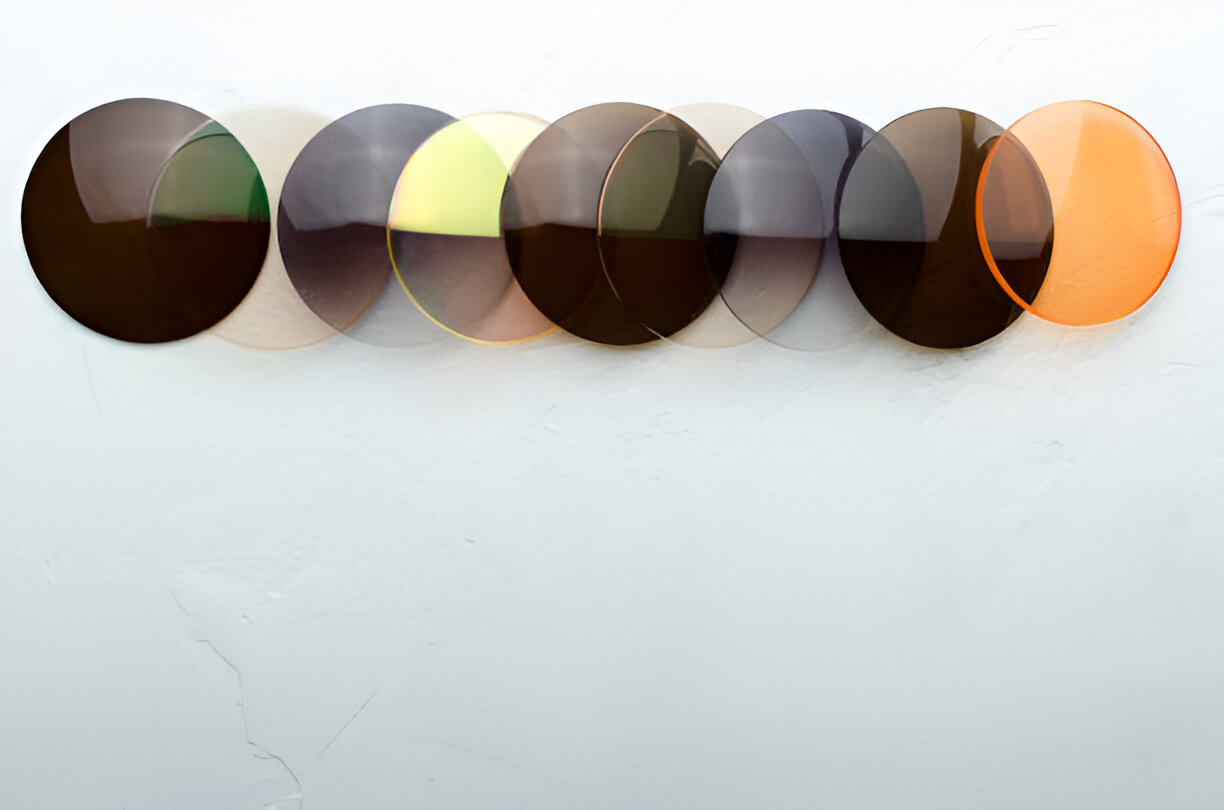
Blog
Lens Types, Materials, and Tints: The Ultimate Guide to Choosing the Perfect Eyewear
Choosing the right eyewear is important for vision, comfort, and style. Whether prescription lenses are necessary for daily use, specific tints for the outdoors, or lenses for various visual needs, the selection becomes tough. From time to time, the evolution of eyewear beyond mere vision correction has become broad. Modern glasses are specifically designed to serve diverse purposes which ensure not only comfort and style but also proper functionalities.
Single-vision, progressive, or bifocal lenses can all be found to satisfy every requirement. In addition, tinted lenses are available for your vision and protect of eyes from all dangerous UV rays. We will take you through a variety of lens styles, materials, and tints in this comprehensive guide. It will assist you in selecting the ideal eyewear for your requirements.
Types of Glasses Lens Material
Knowing what your prescription eyesight is, let's look at the many types of lenses that are out there.
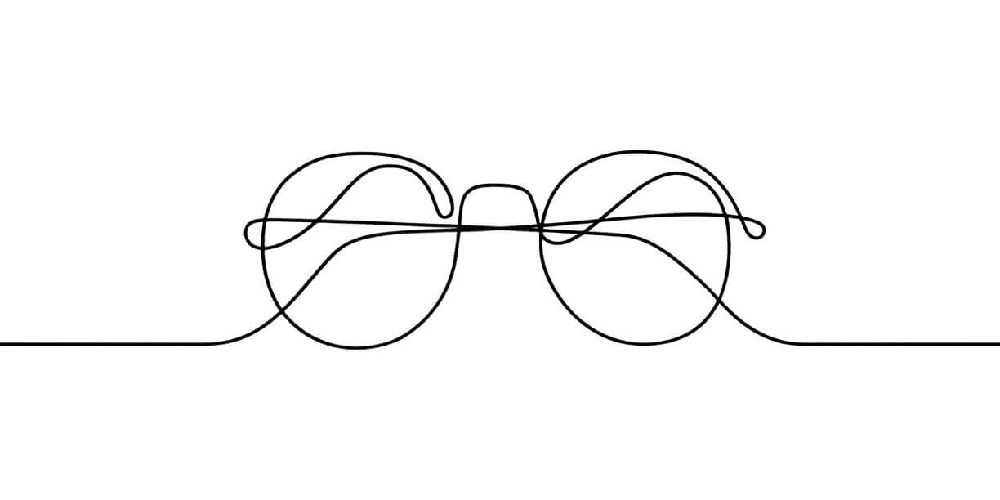
Standard Plastic Lenses
Standard plastic lenses are the most often used lenses available. These are lightweight and shatterproof, but not the thinnest for stronger prescriptions.
Polycarbonate Lenses
Thinner and lighter by far compared to the traditional plastic lenses; it is also impact-resistant. They are the best lenses for glasses for very active individuals, such as glasses for kids.
High Index Lenses
High-index lenses come as thinner and lighter compared to both plastic and polycarbonate lenses. They are the best lenses for prescription glasses thanks to the thinning of the frames and the weight.
Aspheric Lenses
Aspheric lenses have been designed to be flatly more curved and the lens thinner as well as aesthetically pleasing to see. They also provide wide angles and less distortion.
Trivex Lenses
Some of the benefits of Trivex lenses are similar to those of polycarbonate lenses. Furthermore, it has improved visibility and is impact-resistant, making it concerning.
Type of Eyeglasses Lenses
There are many different types of lenses for glasses, and each one is made to serve a certain purpose. Its special qualities affect the wearer's eyesight and degree of comfort.
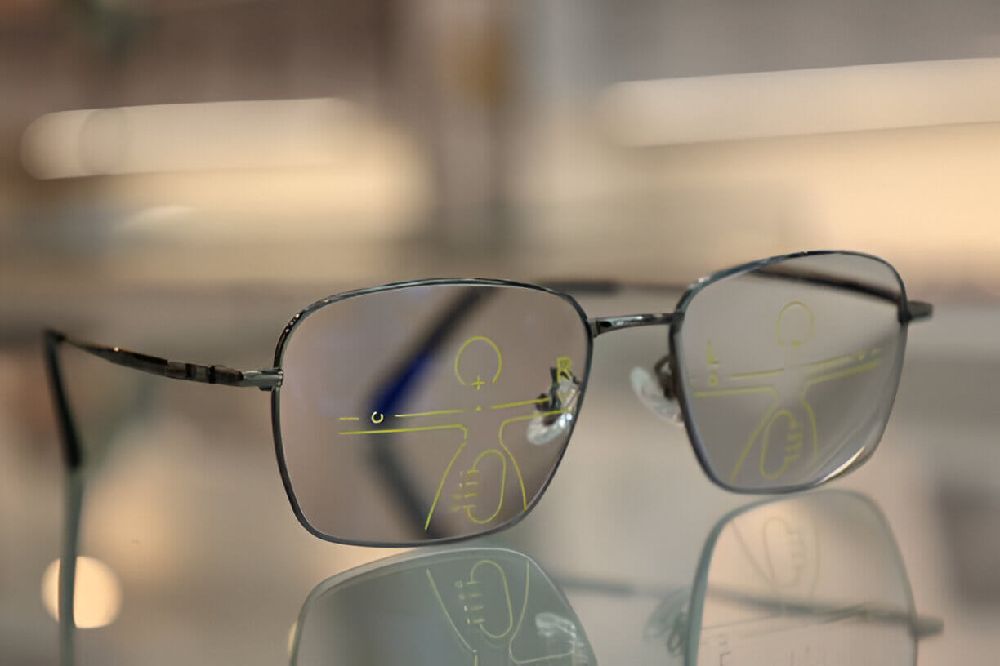
Single Vision Lenses
Such lenses are single-vision ones. They have one single prescription throughout the whole lens. They are ideal for people with just one kind of vision correction: distance or near, but not both.
Progressive Lenses
Progressive lens glasses are multifocal, with a seamless transition from distant to near vision. These lenses have no visible lines since they are both attractive and useful. They suit those suffering from presbyopia, an ailment where people fail to see close things because of old age.
Bifocal Lenses
Bifocal lenses have two clearly different areas: one for distance vision and one for near vision. A visible line separates the two prescriptions. People who need correction for both distance and near use bifocals.
Trifocal Lenses
These lenses have three different prescriptions, distance, intermediate vision, and near vision. Trifocal lenses are very appropriate for people who need to have corrections at multiple focal points.
Photochromic Lenses
Photochromic lenses are a type of eyeglasses lens that adjusts according to changing light conditions. These lenses darken in strong sunlight, to UV exposure, and lighten indoors or in dim light.
This eliminates the need to constantly switch between eyeglasses and makes them perfect for spending a lot of time outside. It's also important to keep in mind that photochromic lenses cannot block out enough light for driving. This is because cars have built-in UV filters in their windows and windshields.
Types of Bifocal Lenses
There are bifocal lenses of many variations to respond to different needs and preferences
Flat-Top Bifocals
The most characteristic feature of flat-top bifocals is the horizontal line dividing the lower section of the lens. The upper half is distance and the lower half is near vision.
Moulding Bifocals
A round segment is the bifocal that contains a small circle placed in the bottom half of the lens for near vision. Bifocals with rounded edges are less awkward than flat-top bifocals.
D-segment Bifocals
It has a wider sight than the round segment bifocal. This is because of a lower larger more evident curvature regarding D-segment bifocal glasses.
Executive Bifocals
Executive bifocal lenses include larger segments of near vision, which cover the entire area of the lens at the bottom. Such a bifocal lens possesses ample space for reading and close work.
Tinted Sunglasses
When using sunglasses to protect the eyes from dangerous UV rays, it is critical to improve eyesight in sunny settings. The right glasses tints will make all the difference in reducing glare, enhancing contrast, and providing comfort in enjoying outdoor activities.
Best Tint for Sunglasses
The optimal tint sunglasses are determined by your surroundings, activity, and the amount of sunshine in your location. Below is a list of some of the best tints for different situations:
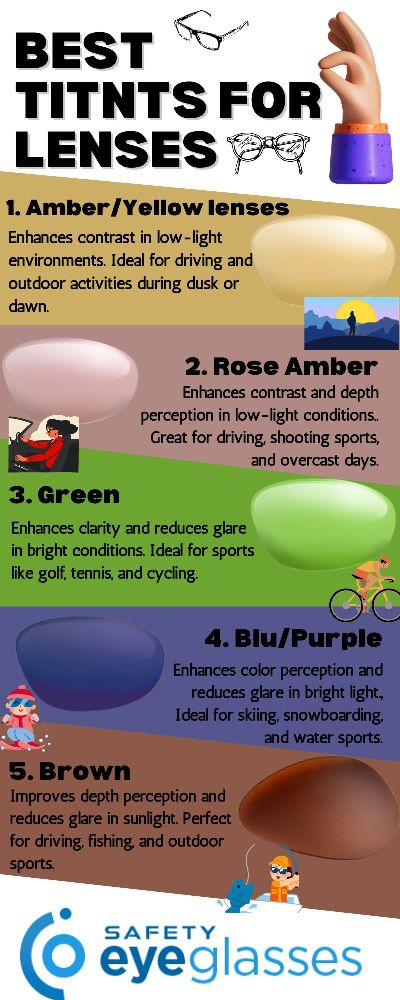
Blue Tint Sunglasses
Its blue tints reduce glare and intensify contrast in visual features. These shades are both attractive and useful, making them great for sunny days or partially light environments. Blue tint sunglasses could go very well even for casual use or for performance activities like cycling or running.
Yellow Tinted Sunglasses
Yellow tint sunglasses improve contrast and visibility in poor light conditions such as foggy weather and overcast days. Such sunglasses are ideal for night skiing, hiking, or driving activities requiring better vision.
Light Tint Sunglasses
Light tint sunglasses reduce glare, but they do serve as a source of UV protection. They are ideal for casually sunny conditions and sporting events like golfing or cycling.
Red Tint Sunglasses
Red-tint sunglasses are best suited for contrast enhancement and proper depth perception. They would be perfect for sports like golf, tennis, or cycling where clear vision and razor-sharp eyesight are in demand.
Orange-Tint Sunglasses
Orange tint sunglasses reduce glare and contrast. It is ideal for driving or photography in low light conditions when a high degree of depth awareness is necessary.
Gradient Tint Sunglasses
The gradient tint sunglasses are darker on top but lighter on the bottom. They are ideal for driving or other outdoor activities that require protection from overhead sunlight.
Brown Tint Sunglasses
Brown-tinted sunglasses improve contrast and color depth. They function exceptionally well on both sunny and gloomy days, providing the wearer with little glare, clarity, and comfort.
Green Tint Sunglasses
These tinted sunglasses provide all-around eye protection, particularly for outdoor activities that take place in changing light situations. Green tint sunglasses reduce glare, improve contrast, and protect the eyes from UV rays.
Dark Tint Sunglasses
Dark-tinted sunglasses provide a complete covering against bright sunlight. They prove to be perfect for those who spend a lot of time outside, especially in intense sunlight.
Exploring Possible Lens Coatings
Considering lens coatings becomes crucial when selecting the types of lenses for eyeglasses. There are various choices to examine. Every coating has unique advantages and can improve your visual experience in general. The following are examples of common lens coatings:
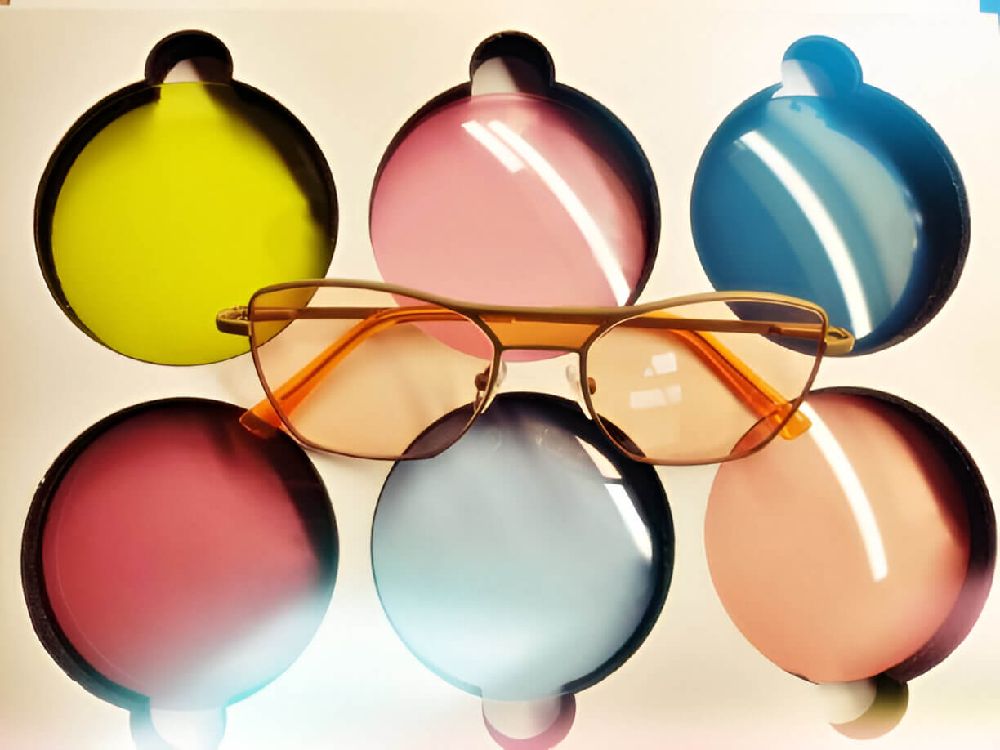
- Anti-reflective coating improves light transmission for better vision by reducing glare and reflections on the lens surface. Additionally, it enhances the appearance of your spectacles by reducing glaring reflections.
- By preventing damaging UV rays from entering your eyes, UV protective coating lowers your chance of developing eye diseases including macular degeneration and cataracts. It is particularly crucial while spending time outside.
- Lenses with an anti-scratch coating protect against scratches caused by regular wear and tear. This coating can give long-lasting clarity and increase the lifespan of your glasses.
- Blue light from digital devices, such as computers, tablets, and smartphones, is prevented by blue light filtering coating. It protects your eyes from the potential adverse effects of blue light exposure, while also lowering eye strain and improving sleep quality. Despite their growing popularity, these advantages are getting little scientific support.
Choosing the Proper Lens for Your Kind of Activities
Your lifestyle, pursuits, vision requirements, everything should guide your decision on which lens types for your glasses are optimal. The following are important considerations.
- Buy polarized glasses to enhance your vision. If you spend most of your time outdoors, they introduce high glare.
- Computer lenses can reduce the feeling of tiredness caused by far-distance viewing in case you work in front of the computer for long hours.
- One advantage that photochromic glasses have is the ability to change light intensity. Hence may be useful if one is moving around between indoor and outdoor environments.
Regarding your high-index prescription, it is best to see an eye doctor about your possibilities for lighter and thinner lenses. They are lighter and provide a more appealing image to persons with strong prescription glasses.
We Stock Every Top Brand
Of course, we are particularly concerned with the specifics of your vision needs. However, your selected frame should reflect who you are and how you want it to fit. That is why, regardless of whether you require glasses based on your prescription, we will help you select the frames you will be pleased with from a wide range of brand-name eyeglasses.
The following brands of high-quality eyewear are available from us:
Final Words
The right eyewear is important for vision and comfort. Whether you're looking for the ideal lens type, material, or tint, your options will help you make an informed purchase. There is a need to consider one’s lifestyle. You need not come in without tinted eyeglasses, with bifocals or progressive lenses since it is right for you. Consult an eye professional for help and advice when you have a problem deciding which glasses you should use. The right glasses will also give you a good vision for reading, driving, or seeing nature with comfort.


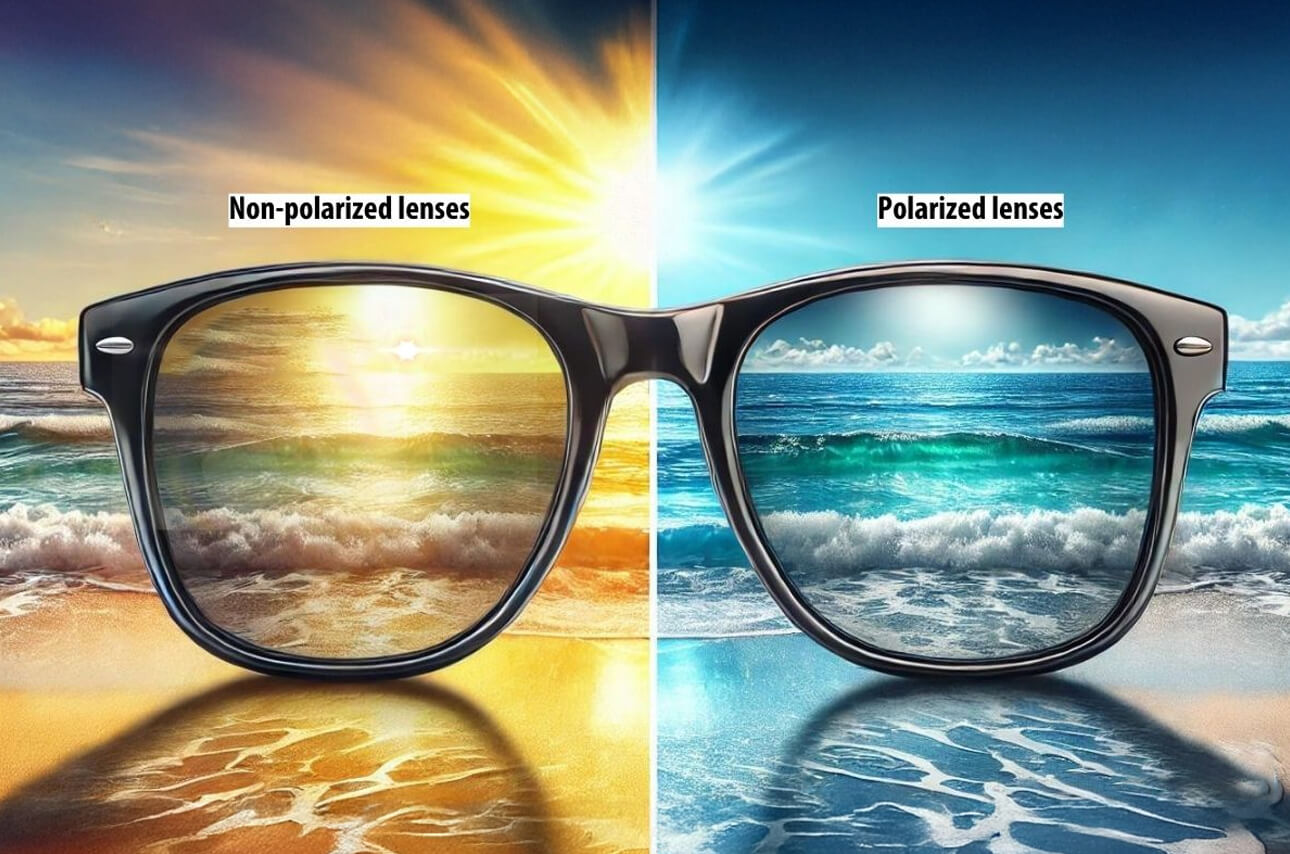
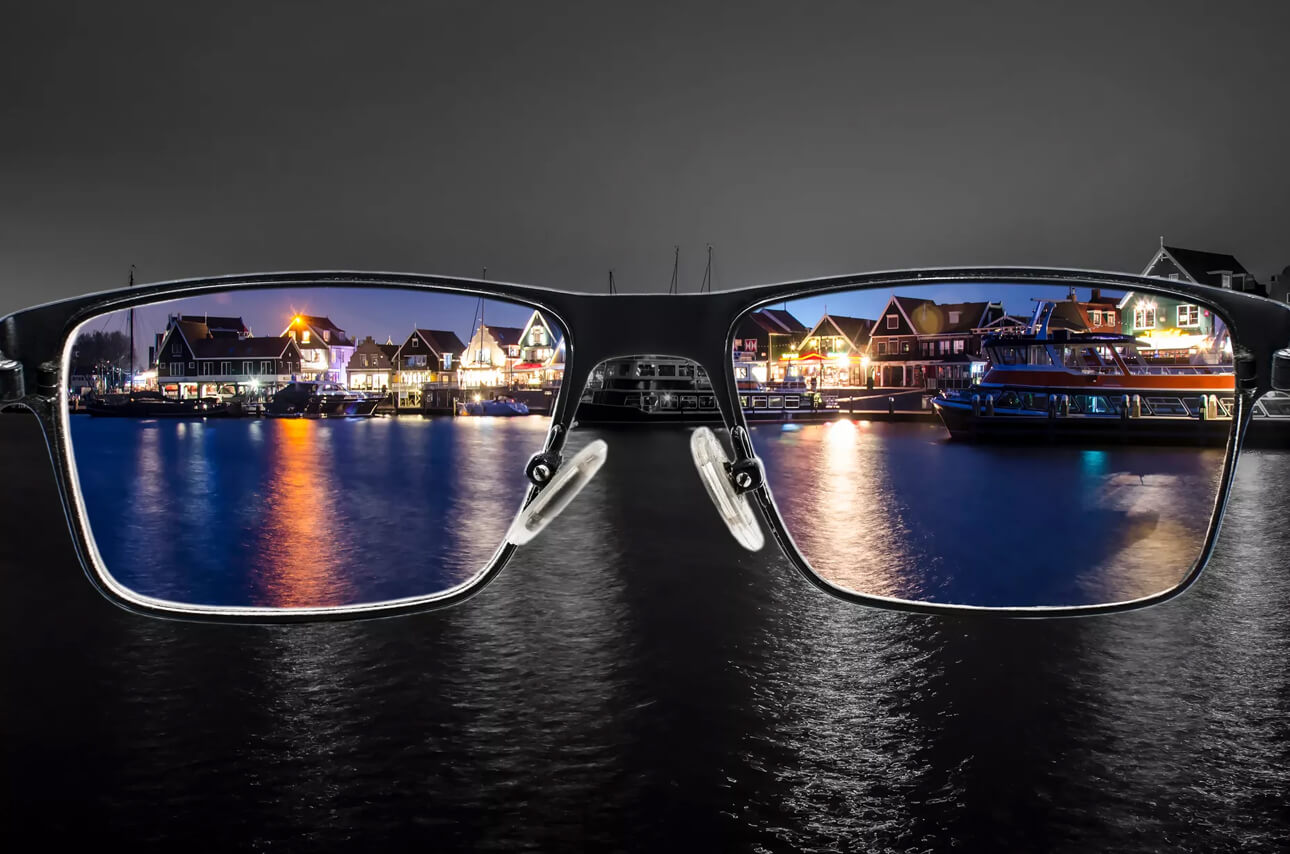




Leave your comment